Good communication fosters a strong safety climate part 2
In part one, we reviewed communication breakdowns at home and with the first recorded skyscraper in ancient history, the Tower of Babel. We discussed how important communication is and how challenging it is to do well in our own language. Now grasp the degree of challenge associated with a limited English proficient (LEP), multilingual workforce. Below are steps you can take to foster communication in a healthy safety climate.
- Safety Materials
- Review company safety materials to ensure a consistent positive safety message
- Ensure the safety materials are in a language all your employees understand
- Utilize both formal and informal communication channels
- Don’t damage mutual trust between employees and management with mixed messages about safety and productivity
- Actions speak louder than words; leadership deeds and conduct can negate the valued safety message
- Clearly Communicate Policies and Procedures
- State policies and procedures to all employees
- Company policies and procedures unrelated to safety should be reviewed to see if a safety component can be added
- Ensure policies and procedures are plainly written, available, and understood by all employees, including all non-English speaking employees
- Review policies and procedures with all
employees:
- When hired
- Annually or other appropriate occasions
- Upon any organizational changes
- Transparency
- Clearly address employee safety concerns
- Visibly engage employees in considering related policies and procedures as issues arise
- Contemplate developing an online incident reporting system to notify management when close calls occur, or a hazardous condition exists
- Conspicuously posting a report on management’s corrective actions to alert employees
- Create conversation opportunities
- Examine ways to directly converse with employees regarding safety
- Utilize formal and informal methods to enable honest
dialogue about safety among:
- Project owners
- Management
- Employees
- Candid discussion helps employees trust that management values safety and empowers them to protect themselves and their co-workers
- Project owners should be visible, accessible, and engage in open dialogue
- It is critical that management be sensitive to LEP employees to include them in meaningfully safety discussions (professional interpreting services may be needed for these meetings)
Some mechanisms for creating an open dialogue on and off the jobsite include:
- Joint employee-management committees These distribute power and responsibility for safety-related decision making, which inspires mutual confidence between employees and managementEliminate barriers to employee participation
- Daily safety conversations provide an excellent opportunity to involve and empower employees in identifying and addressing hazards promptly
- Brief – approximately 15 minutes
- Part of pre-task planning to reveal possible hazards and how to prevent them
- Joint site inspection and informal conversations
- Joint management-employee walk-arounds help identify and resolve new hazards as they emerge during the day
- Informal conversations with employees throughout the day effectively reaffirm safety values and encourage ongoing two-way conversations between employees and management about potential safety concerns


